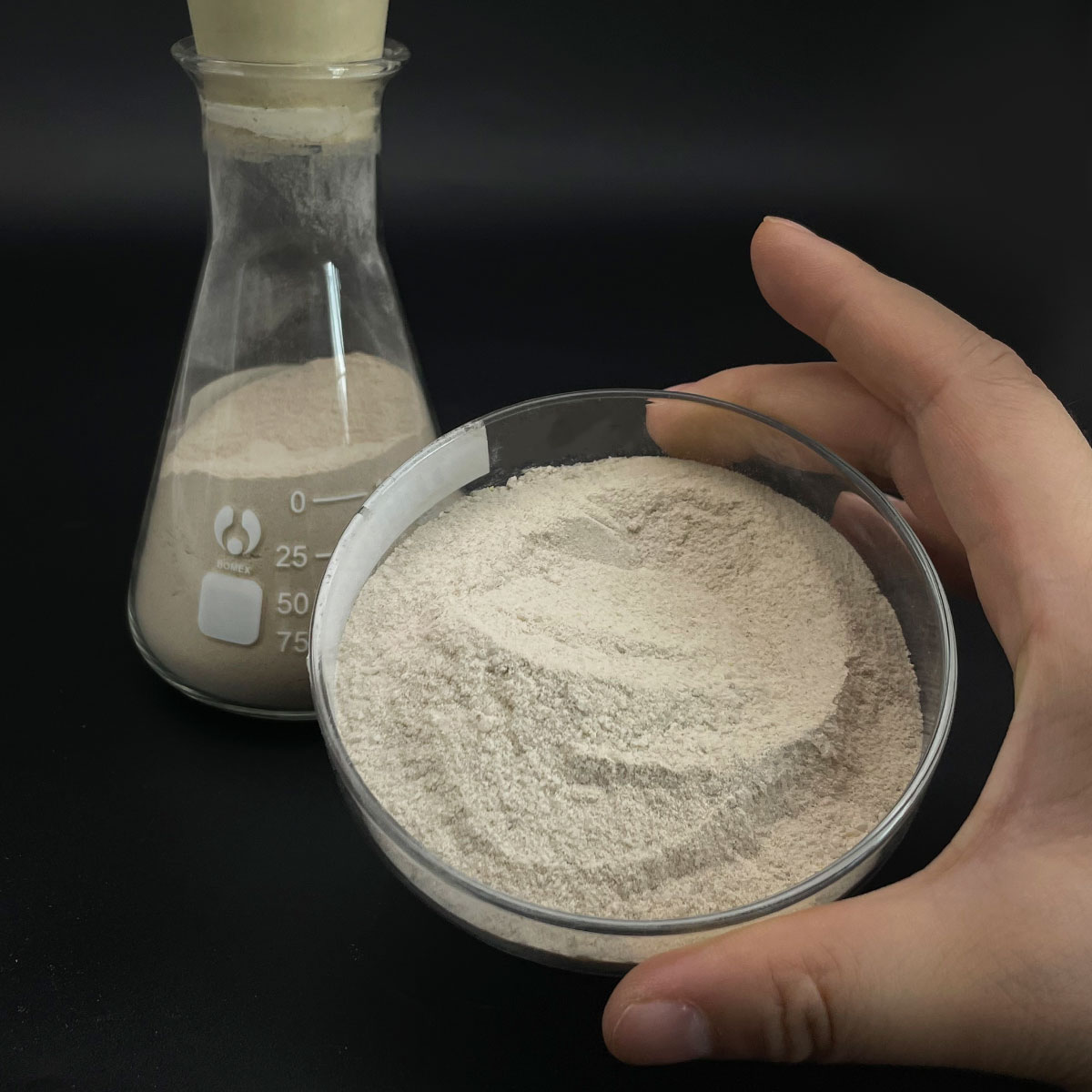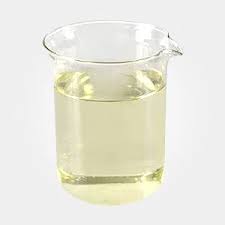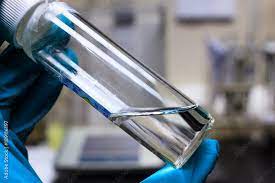Overview of Polyol/Polymer Polyol/Hot Polyol/Polyol 10% for Foam/ Mattress
Polymer surfactants, also known as polymeric surfactants or amphiphilic polymers, are high-molecular-weight compounds that combine the properties of traditional low-molecular-weight surfactants with the unique features of polymers. Unlike small molecule surfactants, polymer surfactants offer enhanced stability, improved solubility, and the ability to form more complex structures such as micelles, hydrogels, and vesicles. These macromolecules find applications across a wide range of industries due to their tailored structures and tunable properties, which allow for precise control over interfacial behavior and solution rheology.
Features of Polyol/Polymer Polyol/Hot Polyol/Polyol 10% for Foam/ Mattress
-
Molecular Weight and Structure: With a much higher molecular weight, polymer surfactants offer enhanced stability in harsh conditions and over prolonged periods compared to small molecule surfactants.
-
Tunability: The structure of polymer surfactants can be precisely engineered to include different functional groups, monomer sequences, and architectures, allowing for specific interactions and properties.
-
Multifunctionality: Apart from surface activity, they can also provide additional functionalities like thickening, rheology modification, and controlled release capabilities.
-
Self-Assembly: Capable of forming sophisticated self-assembled structures like micelles, hydrogels, and vesicles, which can encapsulate or release active ingredients in a controlled manner.
-
Environmental Compatibility: Many polymer surfactants are designed to be biodegradable and less toxic, making them suitable for eco-friendly applications.
-
Temperature and pH Responsiveness: Some polymer surfactants exhibit responsive behavior to changes in temperature or pH, enabling stimuli-responsive systems.

(Polyol/Polymer Polyol/Hot Polyol/Polyol 10% for Foam/ Mattress)
Specification of Polyol/Polymer Polyol/Hot Polyol/Polyol 10% for Foam/ Mattress
Polyol serves as a primary resources in versatile foam production. It supplies the base framework for cushioning in furnishings, auto seats, and bed mattress. The item features a hydroxyl value of 28-35 mg KOH/g and a thickness variety of 3,000-5,000 mPa · s at 25 ° C. It guarantees consistent sensitivity during foam development, making it possible for consistent cell framework and optimum soft qualities. Compatibility with ingredients like drivers and surfactants allows personalization for particular firmness or flexibility demands.
Polymer Polyol improves foam resilience and load-bearing capacity. It contains spread polymer fragments within the polyol matrix, enhancing foam toughness without compromising versatility. Common solids material varieties from 20% to 45%, with viscosities between 2,500-6,000 mPa · s. This variant lowers material expenses by reducing the requirement for additional fillers. It is extensively made use of in high-resilience cushion cores and automobile insides.
Hot Polyol operates successfully in high-temperature handling systems. It keeps stability at temperatures up to 70 ° C, avoiding deterioration throughout storage space or handling. The low moisture web content (

(Polyol/Polymer Polyol/Hot Polyol/Polyol 10% for Foam/ Mattress)
Applications of Polyol/Polymer Polyol/Hot Polyol/Polyol 10% for Foam/ Mattress
Polyol is an essential ingredient in making polyurethane foam. It reacts with isocyanates to develop flexible or rigid foams. Versatile foams are commonly made use of in mattresses. They give convenience and support. Polymer Polyol boosts foam residential or commercial properties. It enhances load-bearing ability and improves durability. This makes foam ideal for high-resilience cushion cores. Polymer Polyol additionally stabilizes foam framework during manufacturing. This reduces contraction and enhances uniformity.
Hot Polyol describes polyol processed at greater temperature levels. This accelerates response times in foam manufacturing. It assists create consistent cell frameworks in foam. This results in far better padding and longer-lasting bed mattress. Hot Polyol is effective for large-scale manufacturing. It reduces energy usage by reducing healing time.
Polyol 10% for Foam is a pre-blended formula. It includes ingredients to optimize foam performance. This mix makes sure regular thickness and flexibility. It streamlines manufacturing by decreasing blending steps. Manufacturers use it to produce cushions with well balanced gentleness and assistance. The 10% blend is affordable. It decreases waste while maintaining top quality.
Polyurethane foam made with these polyols is versatile. Cushion cores use Polymer Polyol for toughness. Comfort layers rely upon standard polyol for gentleness. Warm Polyol guarantees quick molding for shaped cushion components. Polyol 10% improves manufacturing for bulk orders. These materials also work in eco-friendly mattresses. They sustain plant-based or recycled material without losing efficiency.
Foam made from these polyols stands up to wear. It keeps shape under pressure. This is critical for bed mattress used daily. The products meet security requirements. They release low unstable natural substances. This makes sure healthier interior air top quality.
Cushion manufacturers select polyols based on needs. High-end items use Polymer Polyol for luxury feel. Budget choices use Polyol 10% for cost. Warm Polyol suits busy factories. Each type adapts to various styles. Memory foam, crossbreed cushions, and firm orthopedic alternatives all advantage.
Polyol-based foams are lightweight. This makes cushions easier to take care of and ship. They likewise offer noise decrease. This works in adjustable beds. The materials work with fire retardants. This boosts safety without endangering comfort.
Research study continues to improve polyol solutions. Objectives consist of better sustainability and efficiency. Existing products already provide dependable services. They meet varied demands in the cushion sector.
Company Profile
SurfactantChina is a trusted global chemical material supplier & manufacturer with over 12-year-experience in providing super high-quality surfactant and relative products.
The company has a professional technical department and Quality Supervision Department, a well-equipped laboratory, and equipped with advanced testing equipment and after-sales customer service center.
If you are looking for high-quality surfactant and relative products, please feel free to contact us or click on the needed products to send an inquiry.
Payment Methods
L/C, T/T, Western Union, Paypal, Credit Card etc.
Shipment
It could be shipped by sea, by air, or by reveal ASAP as soon as repayment receipt.
5 FAQs of Polyol/Polymer Polyol/Hot Polyol/Polyol 10% for Foam/ Mattress
What is polyol used for in foam and mattress production? Polyol is a main ingredient in flexible foam. It reacts with chemicals called isocyanates to create polyurethane foam. This foam gives mattresses their structure and softness. The type of polyol affects the foam’s feel and durability. Manufacturers choose polyol based on the mattress’s required firmness and comfort.
How does polymer polyol improve foam quality? Polymer polyol has tiny solid particles mixed into liquid polyol. These particles make the foam stronger and more supportive. Mattresses made with polymer polyol handle weight better and last longer. This type of polyol is common in high-end foams for better performance. It prevents sagging and keeps the mattress shape over time.
Why is hot polyol used in some foam processes? Hot polyol is heated before mixing with other chemicals. The heat speeds up the reaction and helps ingredients blend smoothly. This results in foam with even cell structure and consistent density. Hot polyol reduces production time and energy use. It is ideal for large-scale mattress manufacturing needing uniform quality.
What makes polyol 10% different for foam applications? Polyol 10% includes a 10% filler material like starch or mineral particles. The filler increases foam density and firmness without adding cost. Mattresses using this blend feel firmer but stay comfortable. It is a budget-friendly option for mid-range products. The filler does not affect the foam’s safety or performance.
Are there safety steps for handling polyol products? Store polyol in sealed containers away from moisture and heat. Use gloves and goggles to avoid skin or eye contact. Follow local rules for disposing unused polyol or empty containers. Proper storage and handling prevent accidents and keep the product stable. Always check the supplier’s guidelines for specific instructions.

(Polyol/Polymer Polyol/Hot Polyol/Polyol 10% for Foam/ Mattress)






